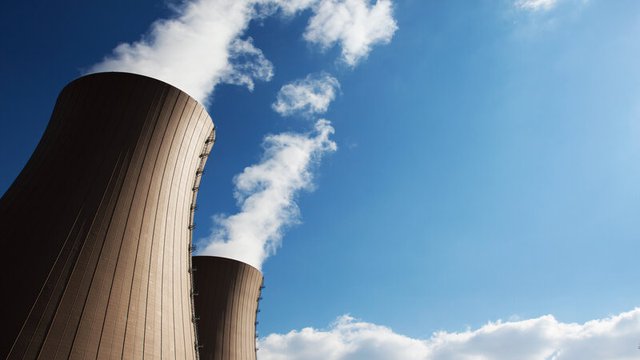
Table of content
Most of our homes, schools, universities, business and other buildings need electricity and energy to power them. We rely on energy for our devices, equipment and all types of machinery. But where does this energy come from? And what is the role of a power plant in the process?
A study published by BloombergNEF said that global electricity demand will grow from 25,000 terawatt-hours (TWh) in 2017 to about 38,700 TWh by 2050. Such an increase means more demand on power plants to produce that electricity. And with a move away from fossil fuels to provide that energy, today there are many types of power plant.
In this post, we’ll look more in detail at the most common types of power plant, something you can become much more familiar with if you study a Mechanical Engineering degree.
In simple terms, a power plant, also known as a power station, is an industrial facility used to generate electricity. In order to generate the electriticty, the power plants need an energy source. The industrial revolution saw the boom of power plants using fossil fuel – natural materials such as coal and oil. But as we have become more aware of the impact using the world’s natural resources on the environment, there are now many more types of energy sources used to generate electricty, such as wind, water, nuclear, and the sun.
Most power plants use one or more generators to convert mechanical energy into electrical energy, supplying electricity to the grid to meet the electricity needs of society – that is what we need in our homes, workplaces, and in our daily lives. One exception is solar power plants, which use photovoltaic cells (rather than turbines) to generate electricity.
Let’s take a closer look at each type of power plant, starting with perhaps the most well-known, and the ones the governments across the world are looking to phase out because of environmental concerns.
As scientists have deepened their understanding of how electricity can be generated, there are many other types of power plant. Let’s start with perhaps the most controversial of those:
The other types of power plants are all designed to use renewable sources – good news for solving the climate crisis.
As scientists and engineers develop their understanding of the different sources of energy, not only will the current types of power plants become more efficient and cost effective, but more energy solutions will be found. And if you choose to study at Universidad Europea, with our academic model being based on experiential learning, you’ll take part in work placements and internships and be at the very heart of the advances and development in the sector.